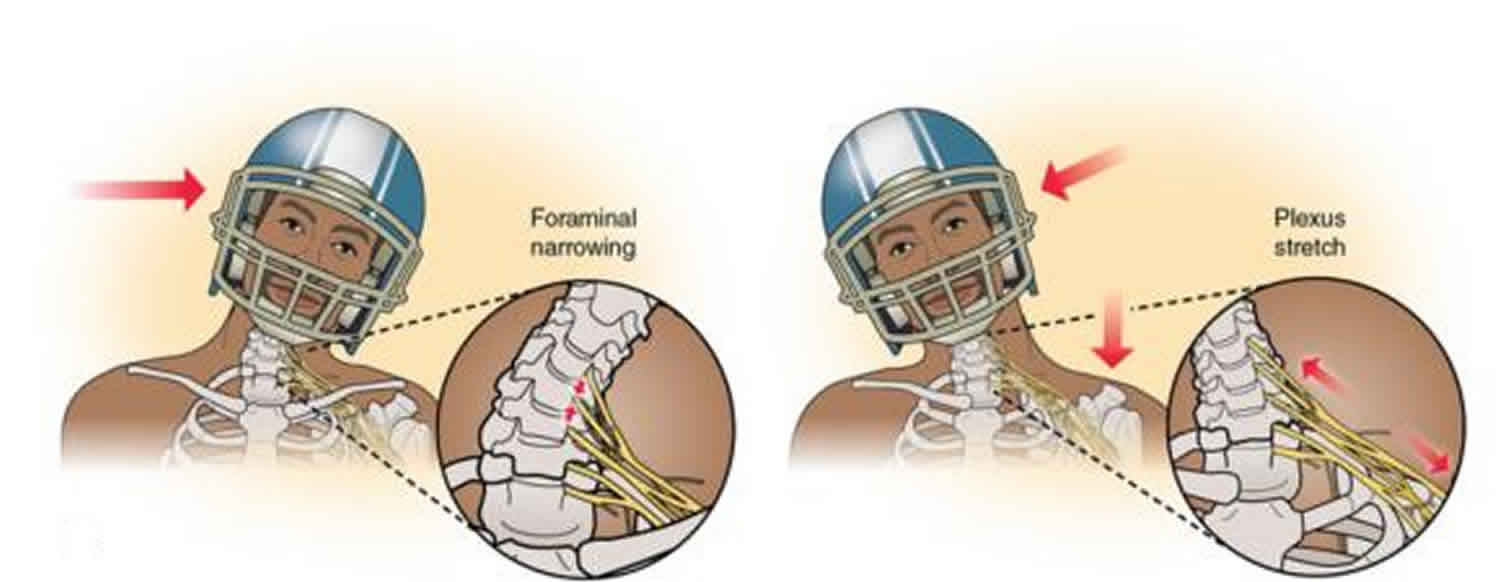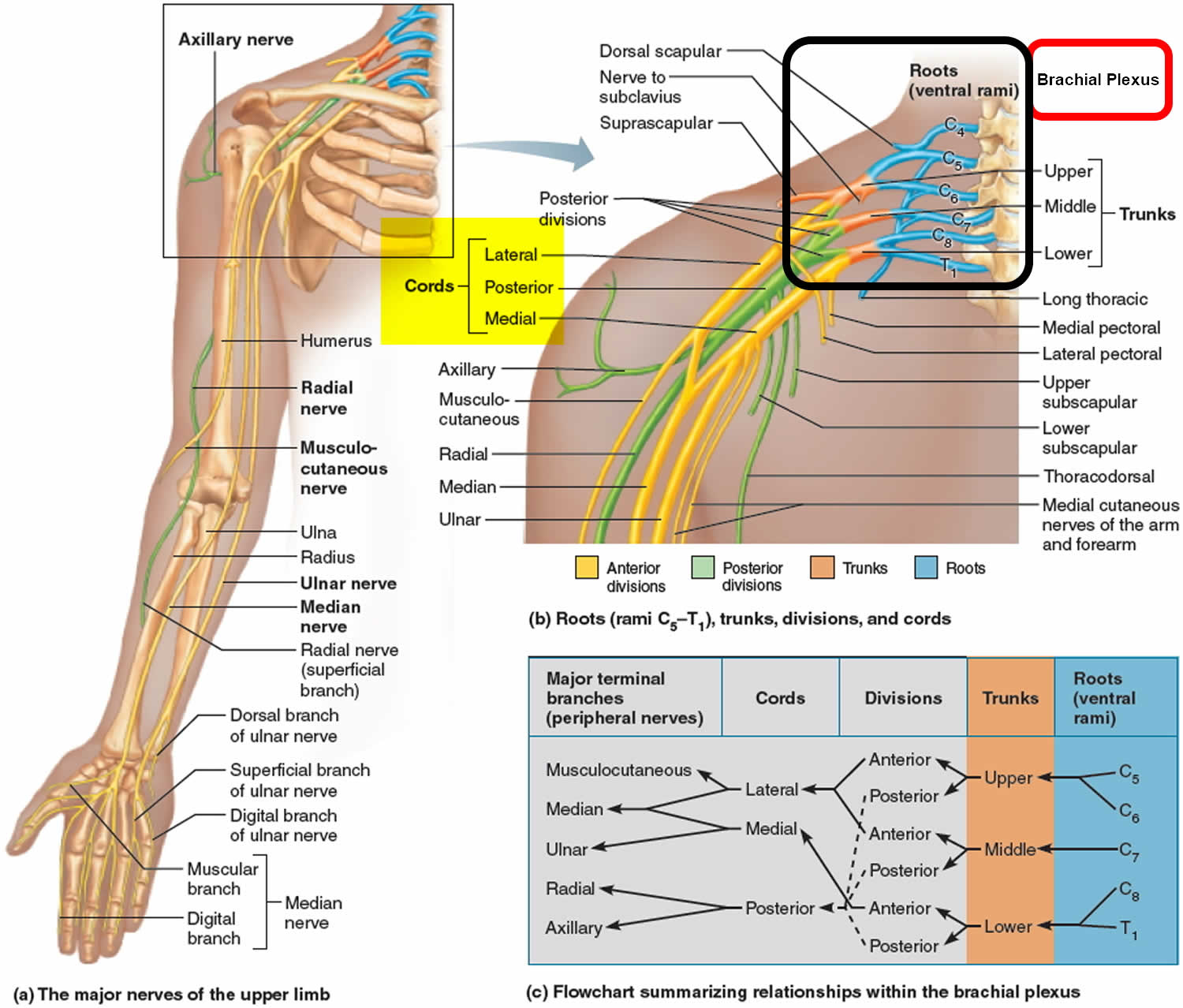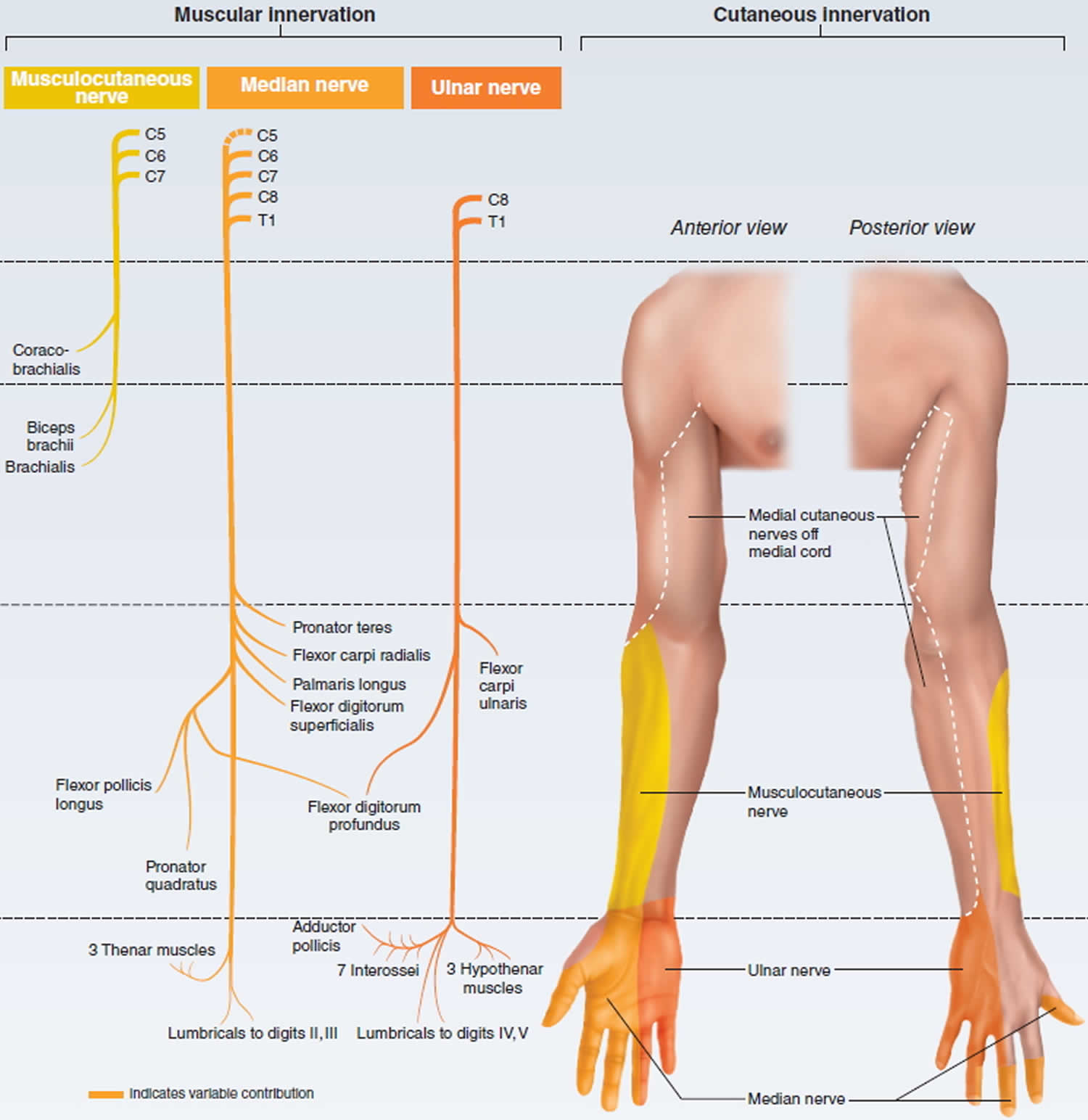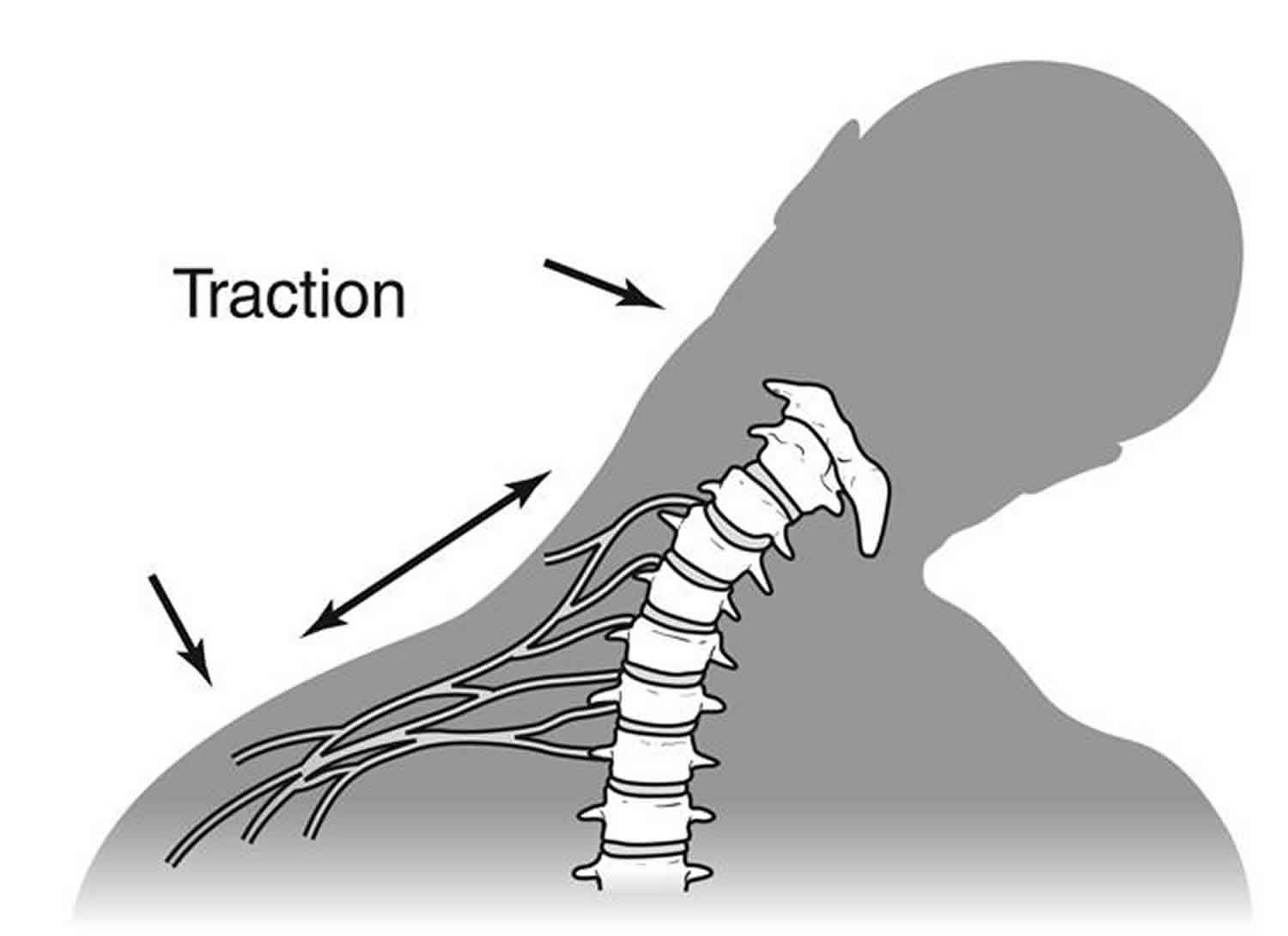Contents
Burners and stingers
Burners and stingers are intense pains that occur when the nerves that run from your neck to your arm are stretched or compressed after an impact. These injuries are common in contact or collision sports where the shoulder may be pushed backward or the head and neck is forcibly pushed to the side. Burners and stingers are named for the stinging or burning pain that spreads from your shoulder to your hand. A burner or stinger can feel like an electric shock or lightning bolt down your arm.
Burners and stingers are most common in football players but are also common in those who participate in rugby, hockey, wrestling, lacrosse, gymnastics and diving. Burners can also happen in a motor vehicle crash when the head is pushed to one side or something hits the neck and shoulder.
In most cases, burners and stingers are temporary and symptoms quickly go away.
Athletes with a burner should be evaluated by a physician and should not return to their sport until they have fully recovered. A single burner or the effects of recurrent burners can lead to permanent neurologic damage. Nerves that have been injured are more susceptible to injury. Testing to evaluate nerve injury and recovery should be done by a trained medical specialist. Furthermore, burners can easily be confused with other neck injuries. Athletes who have tenderness over the bones in their neck or symptoms in both arms or a leg should be stabilized on the playing field and transported to a facility that can evaluate the athlete for possible spinal cord injury.
Brachial plexus injuries can cause permanent weakness or disability. Even if yours seems minor, you may need medical care. See your doctor if you have:
- Recurrent burners and stingers
- Weakness in your hand or arm
- Weakness in any part of the arm following trauma
- Complete paralysis of the upper extremity following trauma
- Neck pain
- Symptoms in both arms
- Symptoms in upper and lower limbs
It’s important to be evaluated and treated within six to seven months after the injury. Delays in treatment may compromise outcomes of nerve surgeries.
The brachial plexus
Nerves are like electrical cables that travel through the spinal canal carrying messages between your brain and muscles. The nerves that provide feeling and movement to the arm branch out of the spinal canal at the neck. They join together to form a larger bundle, or cord of nerves called the brachial plexus. All of the nerve supply to the arm runs through this plexus.
The roots (anterior rami) of spinal nerves C5–C8 and T1 form the brachial plexus, which extends inferiorly and laterally on either side of the last four cervical and first thoracic vertebrae (Figures 1 and 2). The brachial plexus passes above the first rib posterior to the clavicle and then enters the axilla (armpit).
Figure 1. Brachial plexus
Figure 2. Brachial plexus origin and nerve branches
Figure 3. Brachial plexus motor and sensory innervation of the upper limb
Burners and stingers cause
The brachial plexus nerve network begins with nerve roots at the spinal cord in the neck and reaches to the armpit. Nerves branch out from there and continue down the arm to the forearm, hand, and fingers.
An injury to the brachial plexus can cause a burner or stinger. When a strong force increases the angle between the neck and shoulders, the brachial plexus nerves might stretch or tear. This often happens when the head is forcefully pushed sideways and down. This bends the neck and pinches the surrounding nerves. The injury may also pull the nerve roots of the brachial plexus from the spinal cord. Damaged nerves conduct sensation poorly and weaken muscle movements.
Figure 4. Burners and stingers cause
Footnote: Many brachial plexus injuries occur when the arm is pulled downward and the head is pushed to the opposite side.
Risk factors for developing burners and stingers
Contact sports
Athletes who engage in contact sports are more likely to suffer a burner or stinger. These injuries often occur with a fall onto the head, such as in a wrestling takedown or a football tackle. In fact, tackling or blocking in American football is the athletic activity that most often causes burners or stingers. Football defensive players and linemen frequently suffer this injury.
Spinal stenosis
In addition to playing contact sports, a small spinal canal may put you at greater risk for a burner or stinger. Athletes with recurrent stingers or burners may have smaller spinal canals than players who do not suffer recurrent injury. This condition is called spinal stenosis.
Burners and stingers prevention
To make burners less likely if you play contact sports, be sure to:
- Keep your neck and shoulder muscles as strong and flexible as possible.
- Gently stretch the neck muscles before any athletic activity.
- Use protective gear (like a football neck collar or specially designed shoulder pads).
- Use proper sports technique (never lead with your head during a football game, etc.).
The best way to prevent a burner is for athletes to use proper tackling technique (“see what you hit”) and strengthen their neck muscles. This will help limit excess motion of the neck from contact or collisions and reduce either stretch or compression to the nerves. In football, various collars (neck rolls, cowboy collars) have been created that can be attached to the shoulder pads to limit neck motion. The efficacy of these devices in preventing burners is unclear. Athletes who use these collars must make sure they can still extend their necks and look up during a tackle. In football, being able to see what you hit generally reduces the risk of serious injury that can occur when the neck is bent forward at the time of impact. Burners can also be prevented by avoiding contact or collisions until the effects of a previous burner have completely resolved.
Burners and stingers symptoms
Burner and stinger symptoms typically occur in one arm only. They usually last seconds to minutes, but in some cases they can last hours, days, or even longer. The most common symptoms of a burner or stinger include:
- A burning or electric shock sensation
- Arm numbness and weakness immediately following the injury
- A warm sensation.
Athletes who have just sustained a burner will typically hold their arm limply at their sides or be observed shaking their arm to get rid of the tingling or burning sensation. A burning or stinging pain runs from the neck and shoulder down the arm even into the hand. In addition to the burning pain, it may feel like the arm has fallen asleep or like “pins and needles.” There may also be weakness in the shoulder and arm. Neck pain and spasm typically follow an injury that leads to a burner, but pain over the bones in the neck, pain radiating to both arms, or pain radiating to the legs suggests a possible spinal cord injury.
Burners and stingers diagnosis
In order to determine whether your injury is a burner or stinger, your doctor will discuss your symptoms and how the injury occurred. A doctor will usually recognize a burner from your symptoms and a physical exam. The doctor may check arm strength, reflexes, and range of motion in the arm. Imaging tests, such as x-rays, magnetic resonance imaging (MRI) scans, and nerve studies are not usually needed.
A more extensive examination like X-rays or magnetic resonance imaging (MRI) is needed if you have any of the following symptoms:
- Weakness lasting more than several days
- Neck pain or decreased range of motion in the neck
- Symptoms in both arms
- History of recurrent stingers/burners
- Problems with thinking, speech, or memory
The tests can help doctors see the extent of the injury and rule out a more serious condition, such as a spine fracture.
Burners and stingers treatment
Treatment begins by removing the athlete from further injury. The main treatment for a burner is rest until the symptoms completely go away and muscle strength is regained. Athletes are not allowed to return to sports activity until their symptoms are completely gone and muscle strength is regained. This can take a few minutes or several days. Most burners last seconds to minutes. Athletes should never be allowed to return to sports if they have weakness or neck pain.
Ice to the base of the neck for at least 20 minutes, 3 or 4 times a day, may be helpful for the first 48 to 72 hours after the injury. Use of nonsteroidal anti-inflammatory drugs (NSAIDs), such as ibuprofen or naproxen, may also be helpful. While it is unusual for a burner to cause permanent nerve damage in young athletes, any athlete with a burner should be examined by a physician. In addition, they should not be allowed to return to practice and play until a physician has determined that they have full sensation, strength, and neck motion.
Although the injury gets better with time, if your symptoms last for several days you may need to work with a trainer or therapist to regain strength and motion.
Some athletes are more prone to burners than others. Athletes with frequent burners (such as multiple burners in a season or multiple seasons with a burner) should see a doctor. If symptoms are lasting longer or are becoming more severe, a longer rest period would be a good idea. Once the nerves have been injured, generally they are reinjured more easily.
If you have had recurrent stingers, your doctor may recommend a special neck roll or elevated shoulder pads to wear during sports activities.
Examples of special shoulder pads include “spider pads” worn under the shoulder pads or a “cowboy collar” worn on top of shoulder pads.









